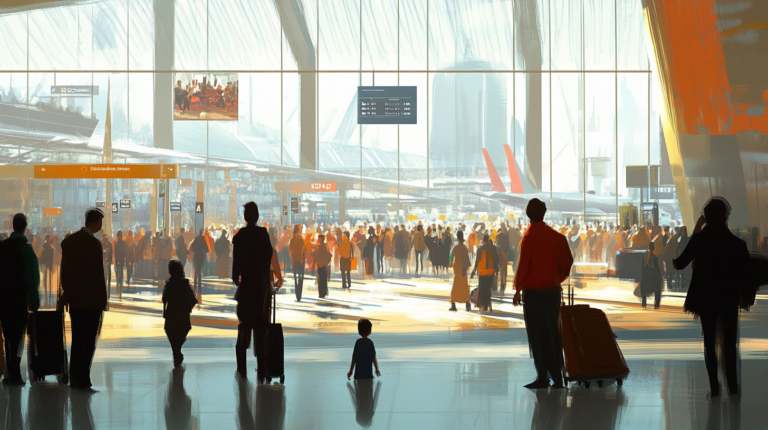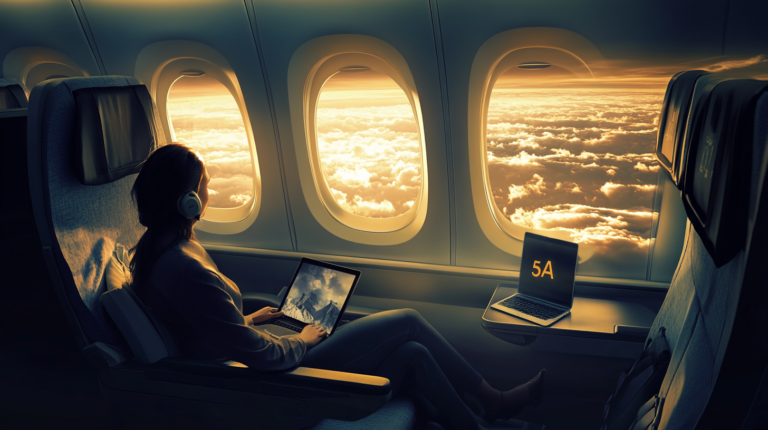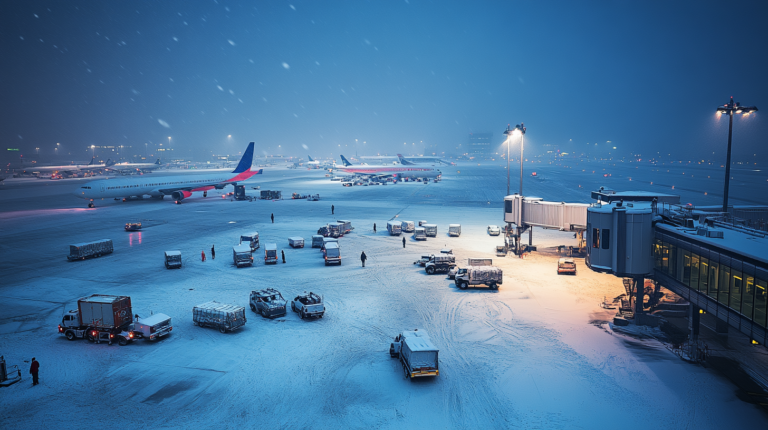Seat5A’s Business Travel Safety Checklist

Business travel can be fast-paced, and I’ve learned that no matter how tightly packed your schedule is, prioritizing safety makes all the difference. From double-checking essential documents to staying alert on the ground, I view these core steps as a practical framework for any professional on the go.
1. Organize Essential Documents
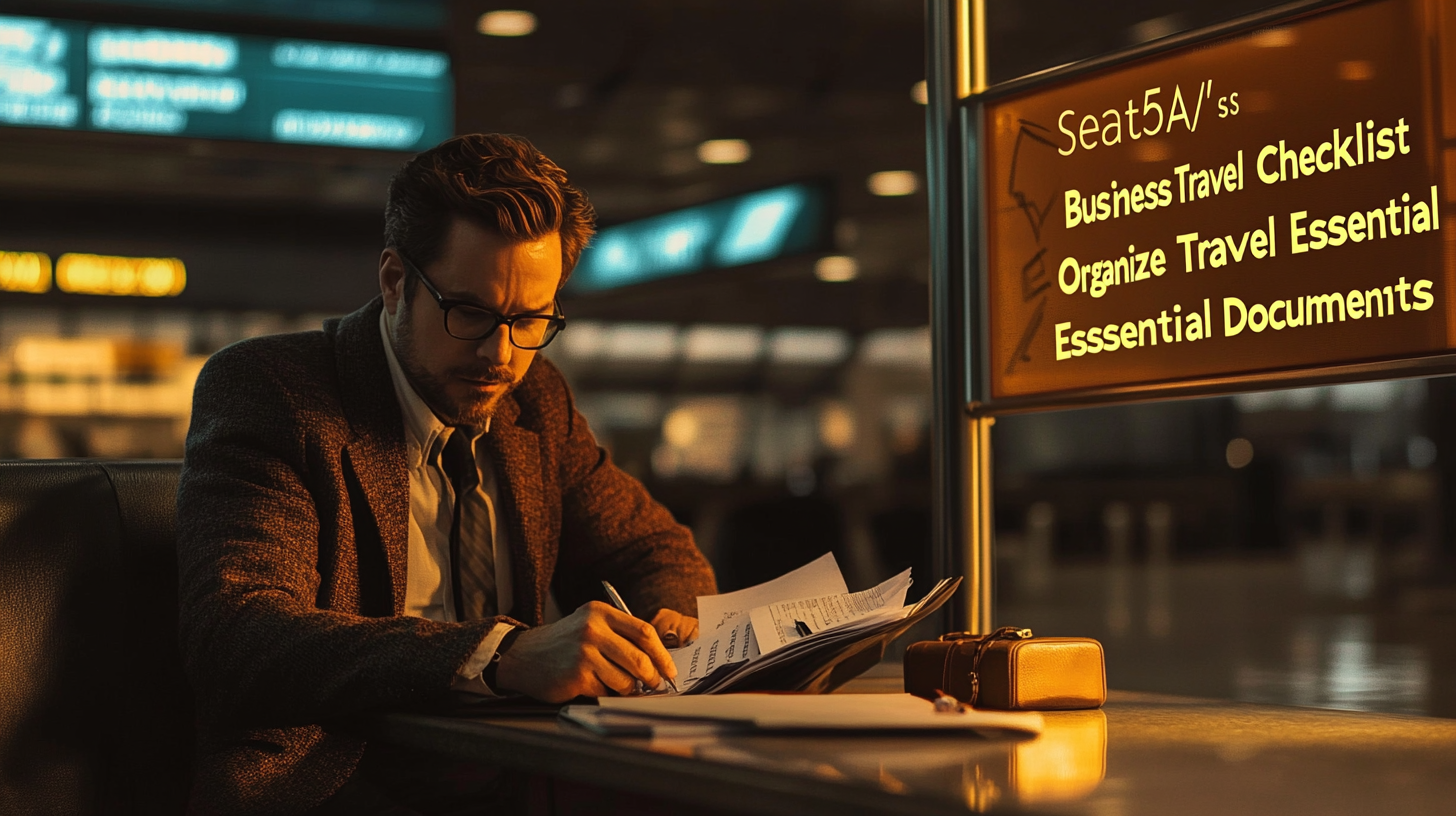
I’ve discovered that thorough preparation for official paperwork often saves me from momentary panic at the counter. Before I depart, I verify my passport’s validity and check if I need a visa. I also print multiple copies of my travel insurance to present if an agency or airline unexpectedly requests a physical document. According to the Global Business Travel Association (GBTA), nearly 20% of international travelers face documentation issues yearly, which highlights how crucial it is to keep duplicates or digital backups.
In my own experience, creating a folder with scanned copies of IDs, vaccine records, and emergency contacts has been a lifesaver. I store these in a secure cloud folder so I can access them quickly from my phone or laptop. Having local currency ready—even just a small amount—can smooth out your first few hours in any new city, especially if you unexpectedly need to pay for local transport or a quick meal.
2. Share Itineraries and Contact Details

One practice I’ve embraced is sharing my flight details, hotel addresses, and meeting times with a close friend, family member, or colleague before I take off. If plans change, they can help me navigate from afar. A recent study suggests that almost 40% of business travelers who share itineraries are better positioned to handle unexpected disruptions, like canceled flights or hotel mix-ups.
Many companies now integrate travel management systems that streamline these details in a single platform. I personally appreciate how these systems provide corporate travel desks with real-time updates on my location, enabling them to offer timely assistance. Knowing someone has my day-to-day schedule tucked away fosters a sense of security and keeps me focused on the tasks at hand.
3. Pack Smart, Avoid Flashy Items
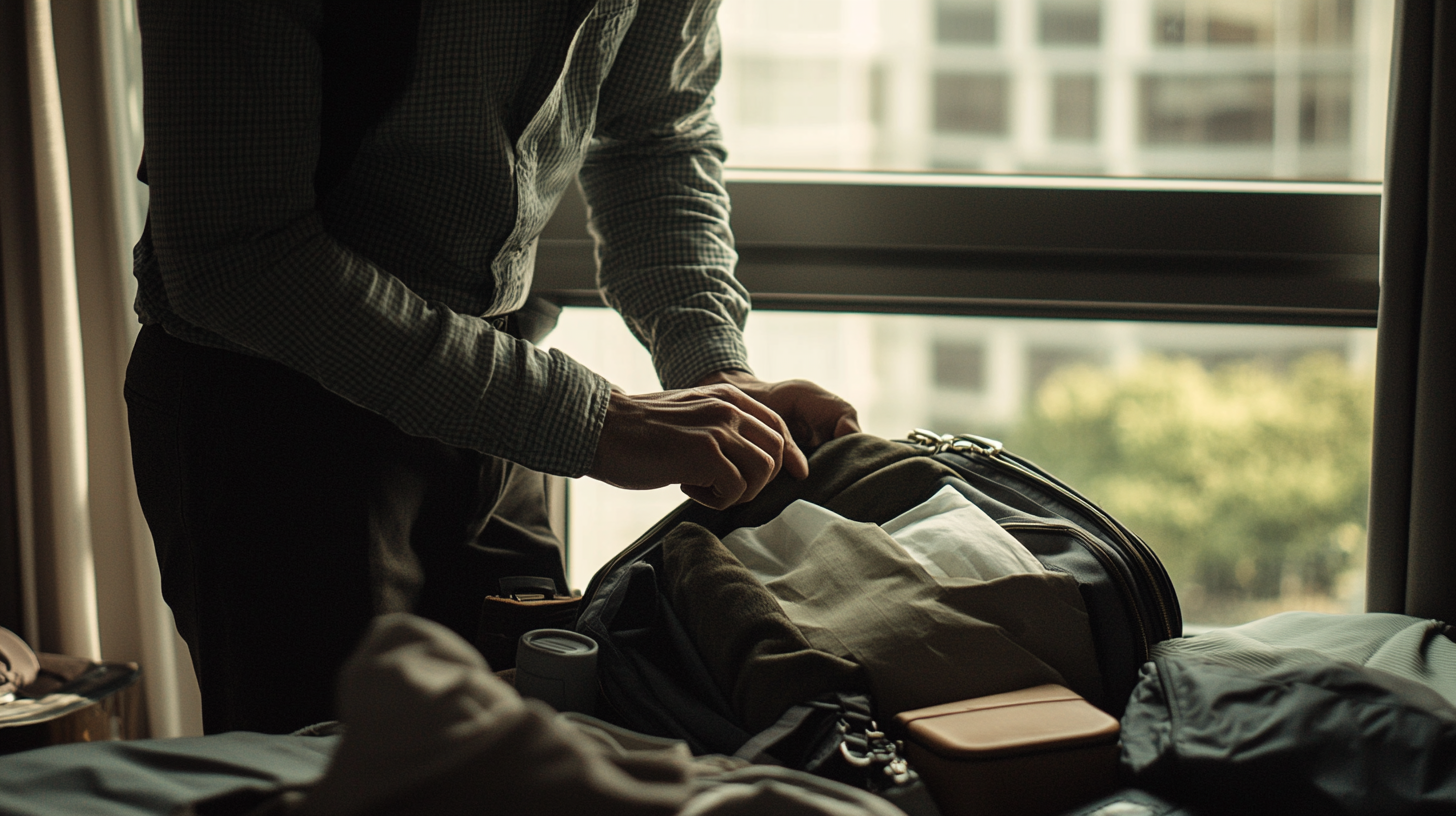
I used to overpack, but over time I realized that traveling light is the best way to go—especially on business trips. I focus strictly on the essentials: well-charged devices, relevant documents (digital and physical), and a smart but minimal wardrobe. In 2025, the emphasis on sustainable travel also encourages me to pack versatile, eco-friendly outfits.
Flashy items naturally attract attention. I’ve found that carrying expensive jewelry or brand-name luggage can lead to unwelcome stares. Instead, I stick with neutral-colored luggage and understated accessories, aiming for a professional look that helps me blend in. According to industry data, travelers who dress discreetly and pack minimally experience fewer issues with theft or loss, which is especially important in crowded airports and bustling metros.
4. Choose Reputable Transport and Lodging

Booking flights wisely has a huge impact on both time and cost. Platforms like Google Flights make it easier to compare prices and schedules across multiple airlines. I also rely on programs like TSA PreCheck or Global Entry to speed through security checkpoints. Honestly, the time I’ve saved by investing in these services has been well worth it—particularly when you’re juggling meetings and deadlines.
Once I reach my destination, I’m careful about transport choices. Reputable ride-hailing apps or vetted car services reduce potential risks, and the same consideration applies to accommodations. Although I love boutique hotels for leisure travel, business trips usually require properties with solid security protocols and reliable business centers. This sense of familiarity and safety gives me more freedom to focus on the purpose of the trip.
5. Stay Informed About Local Customs
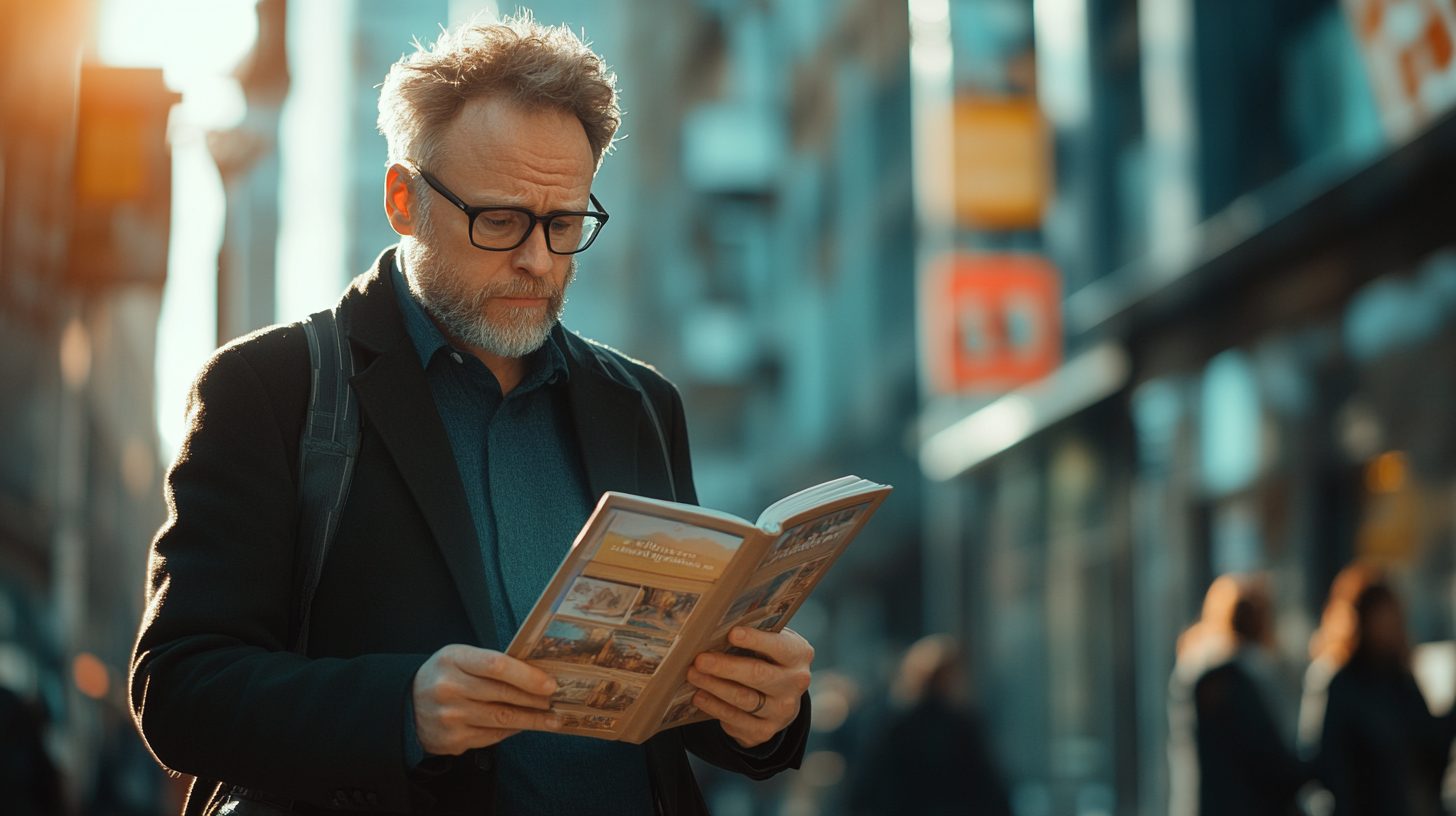
In my travels, I’ve noticed how smoothly interactions flow when I make an effort to adopt local cultural norms. Whether it’s learning a few key phrases in the local language or following local etiquette, these small gestures demonstrate genuine respect and can open doors to meaningful connections. A 2024 report by World Travel & Tourism Council (WTTC) shows that travelers who research local customs beforehand report higher satisfaction levels during their stay.
Sometimes, safety updates or civil alerts can shift rapidly, especially if there’s a political or economic crisis. I subscribe to government advisories and set notifications on local news channels. That way, I can react promptly if demonstrations or disruptions occur nearby. This balance of cultural awareness and safety vigilance helps me feel prepared for every scenario.
6. Keep Emergency Plans Handy
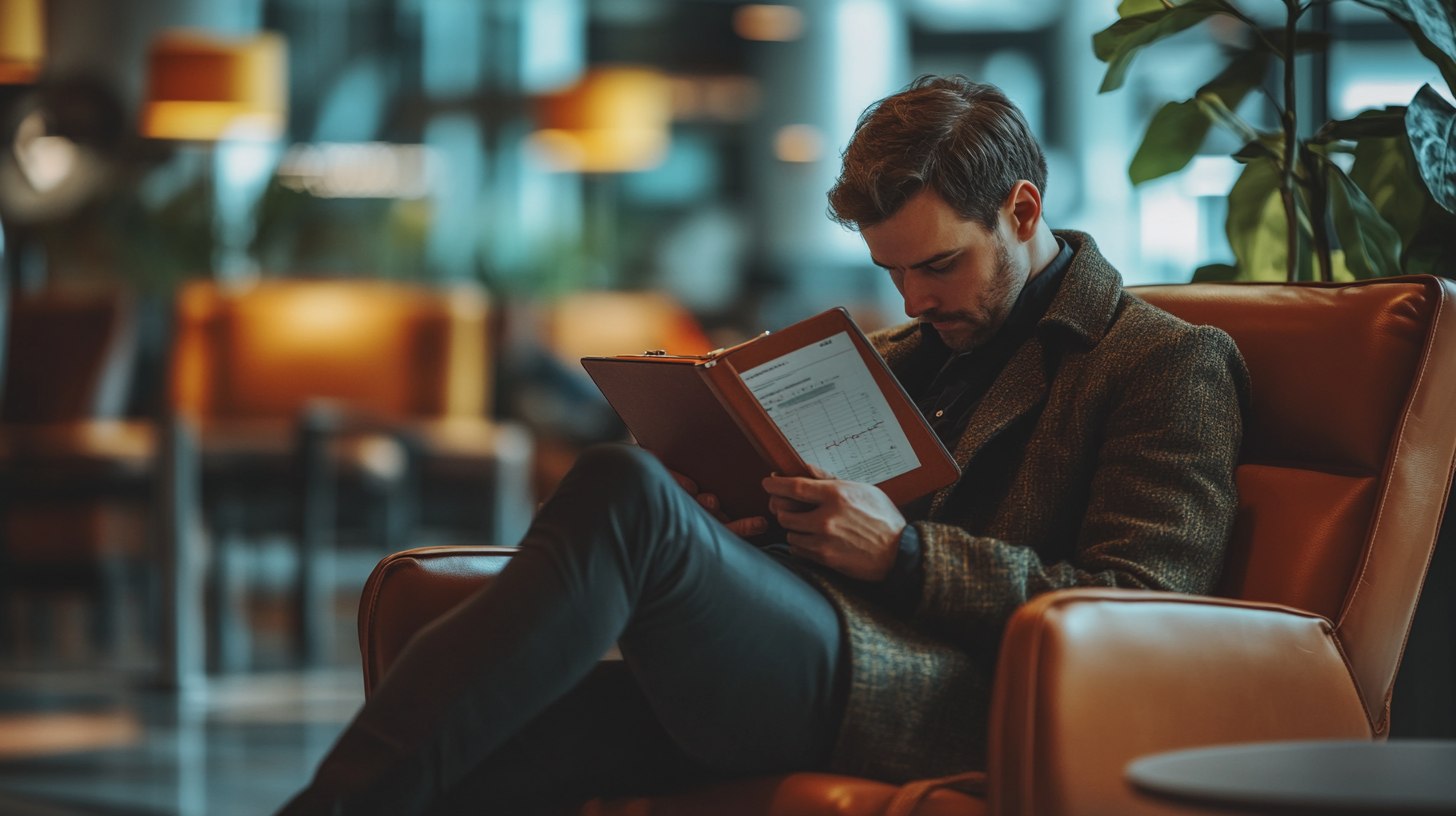
The unexpected can catch anyone by surprise, especially in unfamiliar surroundings. I’ve been in situations where a sudden political protest blocked entire city blocks and forced me to rethink my route. Knowing where the closest embassy or police station is can help transform a stressful situation into a solvable problem.
My routine now involves mapping out nearby hospitals and printing a small card of emergency phone numbers. Additionally, I stay consistent with device management: a fully charged phone plus a portable battery pack keeps me connected to vital sources of information. According to government travel advisories, even a ten-minute delay in response time can be critical during medical or security incidents, so it’s well worth keeping everything organized and ready.
7. Integrate a Duty-of-Care Framework

Businesses that value safety outline clear duty-of-care guidelines for their corporate travelers, and I’ve seen firsthand how it reduces the stress of solving safety issues on your own. This usually starts with comprehensive insurance that assumes coverage for medical emergencies or lost items. Communication channels, like an app-based platform or direct helpline, then put assistance within easy reach.
For frequent flyers, structured checklists and regular travel briefings are vital. Employers might also coordinate with local providers to ensure on-the-ground support. After one particularly challenging trip, I was relieved to have that backup when my connecting flight got canceled. It’s reassuring to know your workplace has your back, whether you’re in the skies or on the road.
Final Thoughts
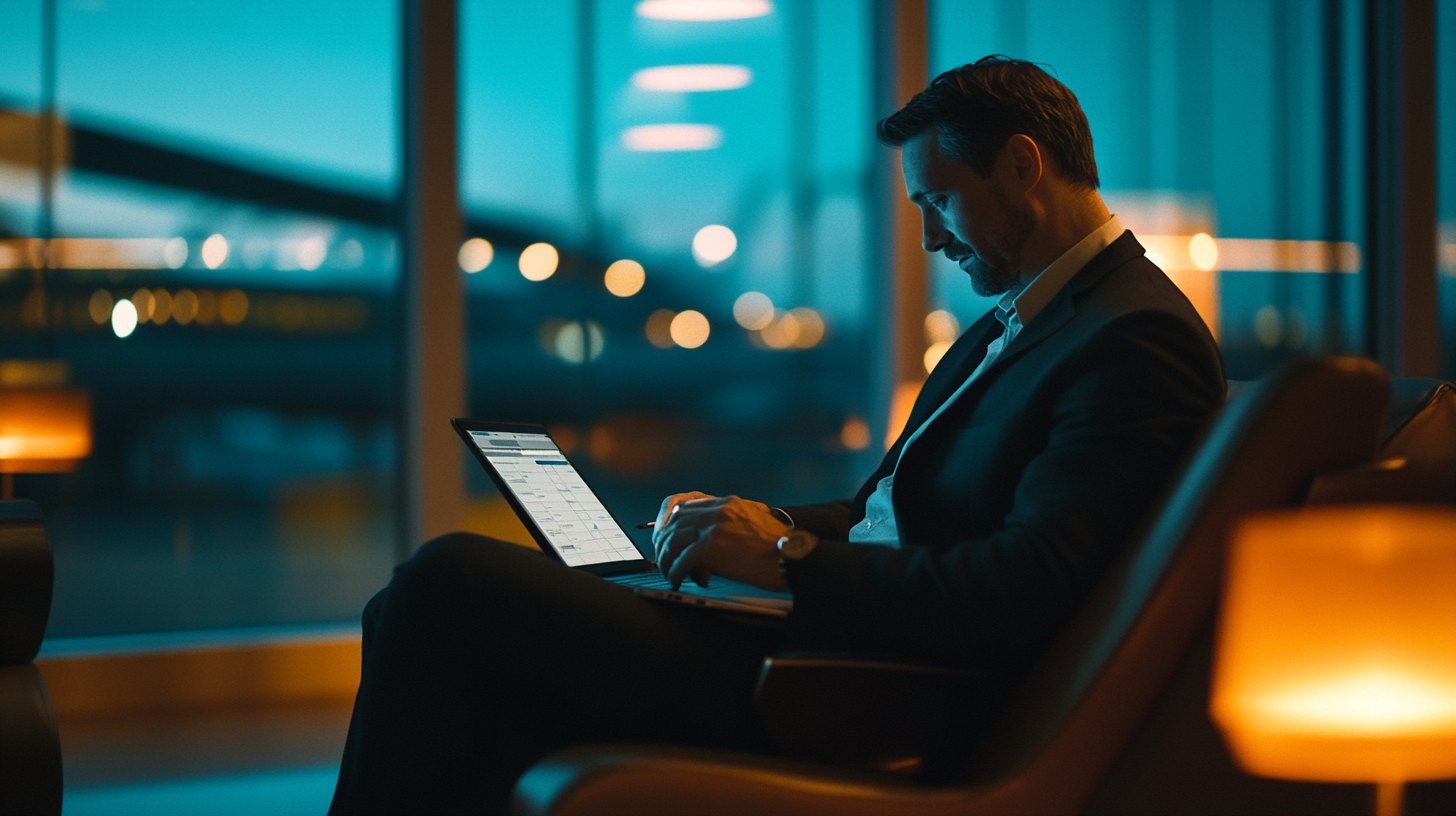
Business travel needn’t be a source of constant worry, provided we prioritize preparedness. These considerations—carrying the right documents, following corporate safety guidelines, and staying open to cultural nuances—help transform a burdensome errand into something far more manageable. It’s also good to remember that the details matter: what you pack, how you travel, and who you share information with can all contribute to a seamless trip.
From my standpoint, investing that extra time in research and awareness goes a long way toward turning a hectic schedule into a comfortable journey. By pairing practical tips with informed choices, it becomes possible to keep productivity high while maintaining the peace of mind we all deserve when we venture into new places.
Amelia Yeaher’s Take
I genuinely believe that acknowledging potential challenges and planning accordingly can make business travel much smoother. Every airport line I skip, every copy of an important document I have stored, serves as a small but mighty reminder that mindful preparation is essential.
If we collectively embrace technology, cultural insights, and robust safety guidelines, the world opens up for innovation—and that’s what truly drives me forward in exploring and sharing new ways to thrive on the road.


